Q: Why was six scared of seven?
A: Because seven “ate” nine.
Did you smile or laugh? Laughter “appears to cause all the reciprocal, or opposite, effects of stress,” says Dr. Lee Berk, who studies laughter’s impact on the brain. It improves blood flow, memory and can be used in the training room to help make the message stick. When we laugh, we trigger a chemical reaction in our brains that makes us feel good. The more we laugh, the better we feel. Naturally, we associate the people who make us laugh with those good feelings. Using humor during training sessions helps learners stay engaged, focused and happy. Though humor and laughter are frequently used in ice-breaker sessions, they can also be applied to serious subjects. A big group laugh can break a tense moment or add energy just when we need it.
Are you funny? Some of us have a natural gift for humor, while others may want to develop their funny side. If you are looking to add some humor to your training, here are some options:
Option 1: Find a good joke
If you are new to this, sharing your first joke with learners may be daunting. However, trying the same or different joke in diverse settings and scenarios will build your confidence. Present a joke and watch everyone’s reaction. Try to pick jokes that are relevant to your training session. For instance, if you are training bank employees on how to help customers check their account balance, try something like this:
“I was waiting in line at the bank. An old lady asked me to check her balance, so I pushed her.”
Option 2: Seize the Opportunity
If the opportunity for laughter pops up during your session, seize it.
Knock, knock.
Who’s there?
Opportunity.
Don’t be silly, opportunity doesn’t knock twice!
This takes a bit of practice and the ability to understand your audience. Some of my best training sessions have been the ones where I was light-hearted and spontaneous. What really triggers genuine laughter in a group is timely remarks aligned with the specific humor pattern of that group. It helps if you are constantly interacting with the audience instead of playing videos/reading text from a PowerPoint slide.
Option 3: Find your funny
Everyone has a funny side to them. Often this means relaxing and sharing some of your imperfections and vulnerabilities with others. Don’t try to be funny. Just try to have fun. Acquaint yourself with your natural sense of play and allow other to enjoy that with you.
Using laughter in your training sessions can help the message stick for your learners. The easiest way to add laughter is by letting others enjoy your imperfections, seizing opportunities and by just being yourself.
If you want more learning and development advice, read some of our other insight into training.
Reference
Park, A. (March 2019). Curing What Ails You, The Science of Laughter, Special Time Edition.



